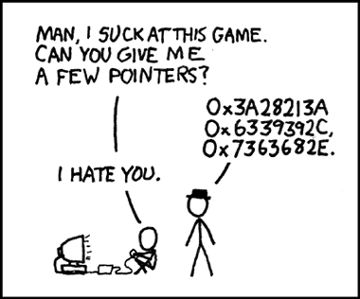
Since end of 2016 the European Parliament has filed a proposal for a directive in the area of digital markets and copyrights. As part of this proposal the Article 13 introduces a new concept :
Internet platforms hosting “large amounts” of user-uploaded content must monitor user behavior and filter their contributions to identify and prevent copyright infringement.
As you may imagine this changes the game pretty much.
Let’s make an example : a rightholder of music rights may ask platforms like www.soundcloud.com (Germany) to keep a look over a set of their works. Soundcloud will have to start monitoring all uploads to make sure that those materials are not uploaded by anyone on their platform.
Impact of this regulation, if it is going to pass, will be pretty strong on the EU contries economy. Let’s try to put down some points :
- Putting all the control burden on internet platforms hosting contents will probably result in :
- being much more difficult for EU companies to compete with US/Asia content providers
- get-away from EU countries for all new startups and existing companies in order to not have to comply with regulation
- Filter technology is too vast and complicated to be approached by each and single content provider : hundreds of rightholders requiring control over multiple sets of data ( text, images, audio, video, music score, software code ) will generate the need of content check providers that will de facto have censorship power .
- Guilty until proven innocent paradigma : if a filter erroneously blocks legal content it will be up to the content owner fight to make his content reinstated
- False positives : as in all automated checking procedures the number of false positives could be extremely high resulting in a limitation of freedom of expression
Many campaigns around this can be found :
- Save Your Internet: “Stand up and ask Europe to protect Your Internet” (offers contact-your-MEP tool)
- Say No to Online Censorship by the Civil Liberties Union for Europe: “Act now! It’s about our freedom to speak. It’s about censorship.” (offers email-your-MEP tool)
- #SaveTheMeme,referring to parodies and other expressions of web culture that may be removed by such filtering technology
- Create•Refresh: “These changes put the power of small, independent creators in jeopardy. Creative expression will effectively be censored, leaving only the bigger, more established players protected. Many of the sites that we use every day for information or entertainment may cease to exist.”
- Save Codeshare
Thanks to Julia Reda (Pirate Party, EU Parliament member) for a lot of information on this topic.
